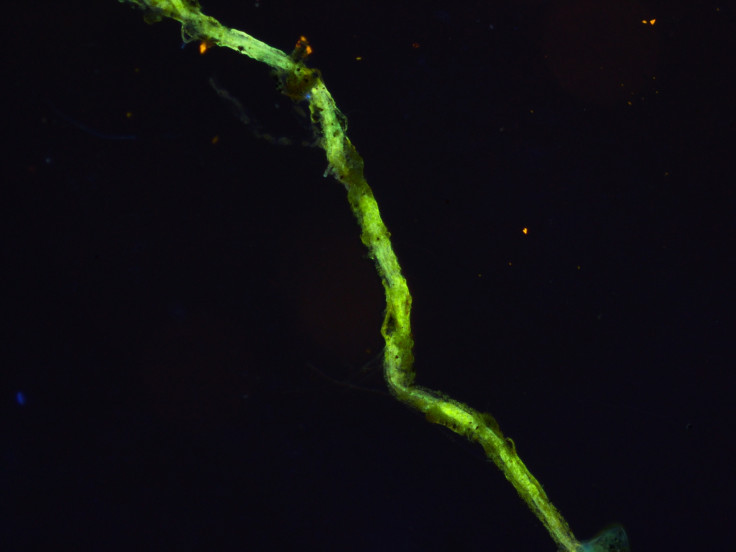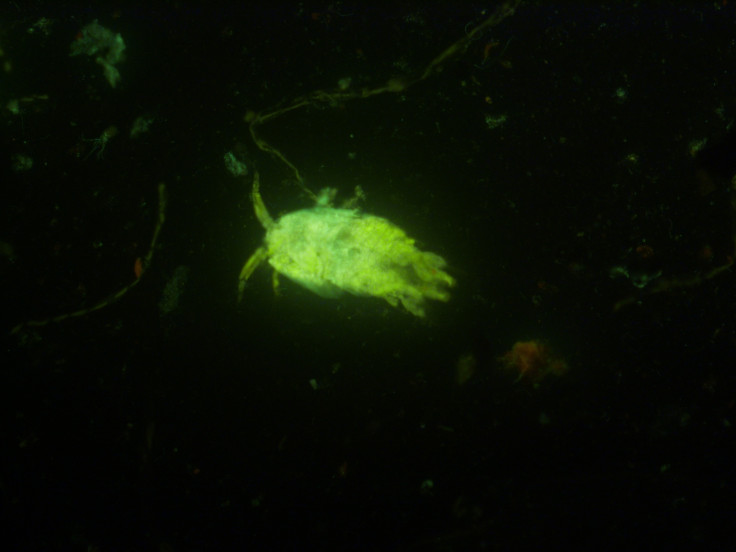A devastating eruption made thick, silvery 'Venus' hair' grow all over an underwater volcano
The otherworldly mats of floating strands were discovered at the top of Tagoro submarine volcano.
Wavy-haired mats of bacteria cover the ocean floor for kilometres around the Tagoro volcano near the Canary Islands, whose summit lies about 130 metres under the sea surface. These are the first organisms to be able to survive on the volcano after an enormous underwater eruption lasting 138 days.
These mats were discovered while a remotely operated vehicle was sent to the summit of Tagoro. This silvery hair-like material turned out to be made of bacteria, according to a paper in Nature Ecology and Evolution. The researchers named it Thiolava veneris, Latin for Venus' hair.
The bacterial mats have a unique three-dimensional structure. The filaments that make up the strands are about three to six centimetres long and just 36 to 90 micrometres wide. The bacterial cells live in these strands inside a protective sheath.
This remarkable bacteria is the first living organism to have colonised Tagoro after an enormous eruption between 2011 and 2012. The eruption cast out a huge amount of carbon dioxide and sulphur compounds, made water boil and oxygen levels crash.
"A volcanic eruption is as devastating under the sea as it is on land, spewing out molten lava and toxic gas, destroying life in its shadow and disrupting habitats for kilometres in every direction," writes marine biologist David Kirchman of the University of Delaware in a comment piece in the same issue of the journal.
"But out of this destruction comes new land and the opportunity for life to begin again."
Venus' hair has thrived in this post-eruption environment. The bacteria has an unprecedented variety of metabolic pathways that allow it to make use of much of the material that spewed out of Tagoro, from carbon to sulphur and nitrogen compounds. It is this huge flexibility in terms of its biology that allows the bacteria to carve out a niche in an otherwise barren landscape on the slopes of Tagoro.
But after Venus' hair became established, life returned to the volcano.


"A specialised and highly diverse food web thrives on the complex three-dimensional habitat formed by these microorganisms, providing evidence that Venus' hair can drive the restart of biological systems after submarine volcanic eruptions," the authors write in the paper, led by Roberto Danovaro of the Polytechnic University of Marche, Italy.
It's hoped that further study of Venus' hair could throw light on how the first extreme organisms to colonise hydrothermal vents and volcanos evolved.
"This remains a big question," Danovaro told IBTimes UK. "In future we need to explore where these bacteria come from, and in which other places we can find them."

© Copyright IBTimes 2025. All rights reserved.






















